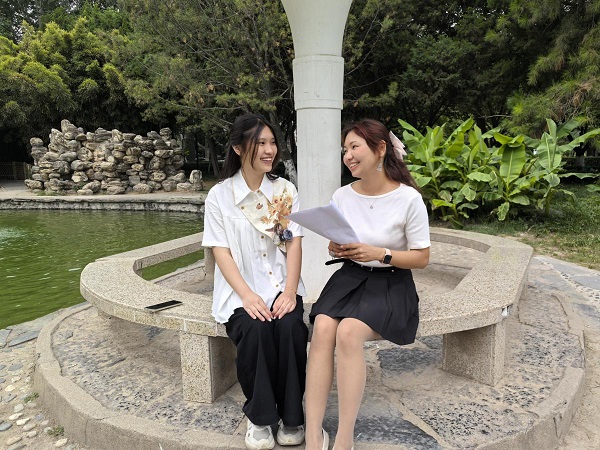XJTU makes breakthrough in light-induced spin torque in antiferromagnetic and altermagnetic systems

Schematic diagrams of (a) the intrinsic state and illumination-induced effects, (b) a conventional antiferromagnet, and (c) hidden modes in a non-collinear magnetic spin-twisting configuration.
The paper Contrasting Light-Induced Spin Torque in Antiferromagnetic and Altermagnetic Systems by Professor Jian Zhou and collaborators from the Center for Alloy Innovation and Design at Xi'an Jiaotong University's (XJTU) School of Materials Science and Engineering was recently published in Physical Review Letters (2025, 134, 176902).
To combine the complementary advantages of antiferromagnets and ferromagnets, researchers proposed altermagnets – an unconventional class of antiferromagnets exhibiting non-relativistic spin splitting that manifests novel transport behaviors.
However, these transport characteristics alone are insufficient to conclusively identify altermagnetic systems. Developing new detection and control methods, particularly those distinguishing conventional antiferromagnets from altermagnets through spin electronics, remains an unresolved frontier in condensed matter physics.
This study by XJTU emphasizes that resolving this challenge hinges on clarifying the relationship between Néel vectors and symmetry in conventional antiferromagnets versus altermagnets.
Building on the team's prior theoretical work on nonlinear optical responses and spin reorientation in magnetic materials (Phys. Rev. Res. 2023, 5, 013001; ACS Nano 2024, 18, 24317), along with symmetry analysis of these systems, the authors propose that light-induced local spin torque – a hidden mode – serves as a decisive identifier between the two magnetically similar systems.
Through systematic classification of all 122 magnetic point groups, they cataloged the magnetic groups governing conventional antiferromagnets and altermagnets, derived the magnetic subgroup constraints on their Néel vector order parameters, and demonstrated that under linearly polarized light, the former exhibit Néel vector rotation, with the latter simultaneously displaying spin canting. Unlike previously discussed transport signatures, this light-driven spin torque mechanism constitutes a necessary and sufficient criterion for discriminating conventional antiferromagnets, altermagnets, and non-magnetic systems.
Guided by symmetry principles, low-energy Hamiltonian modeling, and first-principle calculations, the work reveals the role of relativistic effects in this process. It predicts light-induced local magnetic moments (~0.01 μB) detectable under moderate illumination intensities, establishing theoretical and computational foundations for experimental verification.

